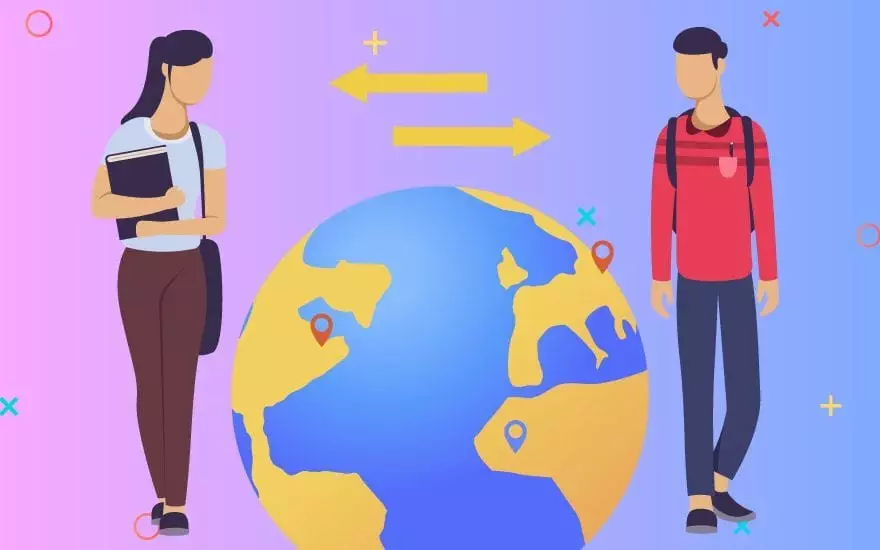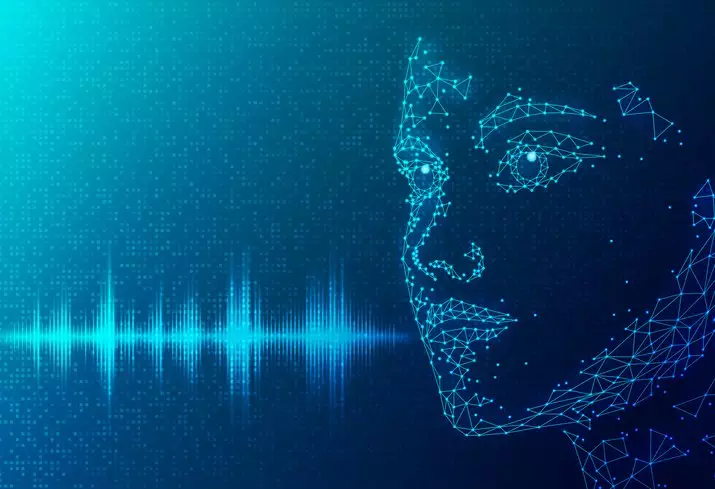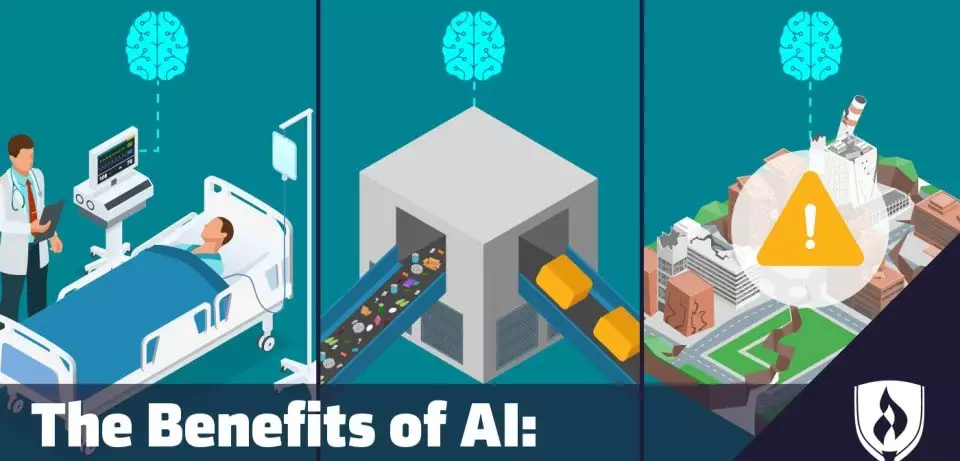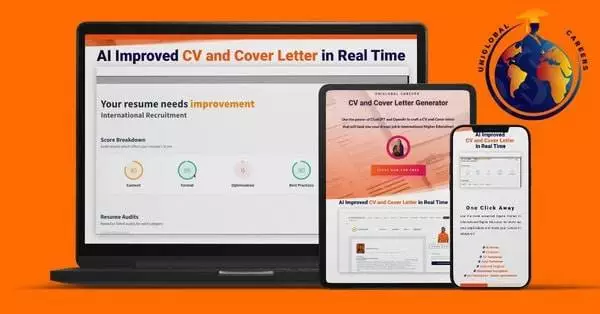In recent years, there has been an increase in the integration of artificial intelligence (AI) in various industries, including education. One area that AI has shown potential is in the student exchange programs. Student exchange programs are an essential aspect of education that offers students the opportunity to study and live abroad, learn new languages and cultures and broaden their horizons. In this article, we will explore the benefits of using AI in student exchange programs.
Understanding AI in Student Exchange Programs
Before we delve into the various benefits of using AI in student exchange programs, it is essential to have a clear understanding of what AI entails. AI refers to the simulation of human intelligence in machines programmed to perform various tasks, including learning, reasoning, and problem-solving. AI can help automate processes and improve efficiency, making it a valuable addition to student exchange programs.

What is Artificial Intelligence (AI)?
AI refers to the ability of machines to perform tasks typically requiring human intelligence, such as visual perception, speech recognition, decision-making, and language translation. AI can be classified into two categories, narrow or weak AI and general or strong AI. Narrow AI refers to systems that are designed for specific tasks and are not programmed to think outside their scope. On the other hand, general AI systems can perform any intellectual task that a human can.
How AI is integrated into Student Exchange Programs
AI can be integrated into student exchange programs in various ways, from the application process to facilitating communication and support during the exchange. Let’s explore some of the ways AI can improve student exchange programs.
Firstly, AI can be used to screen and select potential exchange students based on their academic performance, language proficiency, and cultural adaptability. This can help ensure that the exchange program is mutually beneficial for both the host and visiting institutions and that the students have a positive and enriching experience.
Secondly, AI can be used to facilitate communication between the exchange students and their host institutions. This can include language translation services, chatbots for answering common questions, and personalized support for issues such as culture shock and homesickness. By providing timely and effective support, AI can help ensure that the exchange students feel supported and valued throughout their stay.
Thirdly, AI can be used to track and analyze the performance and outcomes of exchange programs. This can help institutions identify areas for improvement and measure the success of the program in achieving its goals. For example, AI can be used to analyze the impact of the exchange program on the academic performance and career prospects of the participating students.
Overall, AI has the potential to revolutionize student exchange programs by improving efficiency, enhancing communication and support, and providing valuable insights into the impact of these programs on students’ lives. As AI technology continues to advance, it is likely that we will see even more innovative uses of AI in student exchange programs in the future.
Enhancing the Student Selection Process
One of the essential aspects of student exchange programs is selecting the right students and host families. Currently, the selection process heavily relies on human evaluations, which can be time-consuming and prone to biases. AI can help streamline the selection process and reduce human bias.
Student exchange programs provide an opportunity for students to experience a new culture, immerse themselves in a foreign language, and gain a unique perspective on the world. However, selecting the right students and host families is crucial to ensure a successful exchange experience. The traditional selection process can be cumbersome, with multiple rounds of interviews, reference checks, and background screenings. AI can help simplify the process and make it more efficient.
Streamlining the Application Process
AI can help automate the application process, making it faster and more efficient. For example, an AI-powered chatbot can handle the initial application process, answer students’ questions, and help them identify suitable programs that match their interests and requirements. The chatbot can also assist with scheduling interviews and sending reminders to ensure that students and host families complete the application process on time.
Furthermore, AI can analyze the application data to identify any gaps or inconsistencies in the information provided. This analysis can help identify potential issues early in the selection process, allowing the program coordinators to address them before making the final selection.
Identifying the Best Matches for Students and Host Families
AI can also help match students with suitable host families based on their interests, goals, and personalities. By analyzing various data points, such as previous exchange program experiences, extracurricular activities, and academic achievements, AI can pinpoint the perfect match, ensuring a smooth and enjoyable exchange experience.
Moreover, AI can help identify potential cultural differences between the students and their host families, allowing the program coordinators to provide additional support and resources to ensure a successful exchange experience. For example, if a student is from a conservative culture and is placed with a host family that has a more liberal lifestyle, the program coordinators can provide resources to help the student adjust to the new environment.
Reducing Human Bias in Selection
Humans are prone to biases, whether conscious or unconscious. When selecting students and host families, biases can come into play, affecting the final decision. AI can help reduce human biases by using objective data to make the selection. By removing biases, the selection process becomes more fair and transparent.
AI can also help identify potential biases in the selection process. For example, if the selection process heavily favors students from a particular region or with a particular background, AI can flag this bias and provide recommendations to address it. This analysis can help ensure that the selection process is fair and inclusive.
In conclusion, AI can help enhance the student selection process for exchange programs by streamlining the application process, identifying the best matches for students and host families, and reducing human biases in selection. By leveraging the power of AI, exchange programs can provide a more efficient, objective, and inclusive selection process, ensuring a successful exchange experience for all participants.
Improving Language Learning and Cultural Integration
Language learning and cultural integration are essential aspects of student exchange programs. AI can help improve these aspects by providing personalized learning plans and virtual reality cultural experiences. In addition to these technological advancements, there are also many other ways to enhance language learning and cultural integration during a student exchange program.

AI-powered Language Learning Tools
AI-powered language learning tools can provide students with a personalized learning experience based on their language proficiency level. These tools can adapt to each student’s learning speed and provide real-time feedback, making language learning more engaging and effective. For example, an AI-powered tool could provide students with interactive quizzes and exercises that are tailored to their individual learning needs.
However, it’s important to note that technology should not replace human interaction and communication. Language learning is not just about memorizing vocabulary and grammar rules, but also about building relationships and understanding cultural nuances. Therefore, it’s important to use AI-powered tools as a supplement to traditional language learning methods, not a replacement.
Virtual Reality Cultural Experiences
Virtual reality (VR) technology can transport students to different cultural experiences, allowing them to immerse themselves in a new culture without traveling physically. VR can provide simulations of real-world scenarios that students are likely to encounter during their exchange, making it easier for them to adapt. For example, a student could use VR to practice ordering food in a restaurant or navigating public transportation in a foreign country.
However, it’s important to note that VR experiences should not replace real-life cultural experiences. While VR can provide a valuable supplement to cultural immersion, it’s important for students to also engage in real-life activities and interactions with locals to truly understand and appreciate a new culture.
Personalized Learning Plans
Personalized learning plans based on AI analysis of a student’s interests, preferences, and learning style, can be an essential tool for students. These plans can make it easier to track progress and provide tailored recommendations on how to improve learning efficiency based on the student’s strengths and weaknesses. For example, a personalized learning plan could recommend specific books or movies in the student’s target language that align with their interests.
However, it’s important to note that personalized learning plans should not be rigid and inflexible. Students should have the flexibility to adjust their learning plans based on their changing needs and interests. Additionally, personalized learning plans should not be the only source of guidance for students. It’s important for students to also receive guidance and feedback from teachers and language exchange partners.
Facilitating Communication and Support
During a student exchange program, communication between students, host families, and academic staff is crucial. It can be challenging for students to adjust to a new environment, culture, and language. Therefore, it is essential to provide them with the necessary support to ensure their success. AI can help facilitate communication and support through chatbots that can offer 24/7 assistance and by monitoring student progress and well-being.

AI Chatbots for Instant Assistance
Chatbots can provide instant assistance to students and host families, such as answering questions about the exchange program, resolving conflicts, and directing them to appropriate resources. For example, if a student is struggling to adjust to their new environment, they can turn to the chatbot for advice on how to cope. The chatbot can provide tips on how to make new friends, find local activities, and deal with homesickness. Chatbots can save time, reduce the workload of academic staff, and improve the overall experience of students and host families.
Monitoring Student Progress and Well-being
By analyzing various data points, such as attendance records, social media activity, and health indicators, AI can monitor student progress and well-being. This monitoring can help detect and resolve any issues before they become severe, ensuring students remain healthy, safe, and on track with their academic goals. For instance, if a student is not attending classes regularly, the AI system can alert academic staff, who can then intervene and provide the necessary support. Similarly, if a student’s social media activity indicates that they are struggling emotionally, the AI system can notify the appropriate staff members, who can then provide counseling services.
Connecting Students with Local Resources
AI can help connect students with local resources, such as language tutors, cultural events, and emergency services. For example, if a student is interested in learning the local language, the AI system can recommend language tutors in the area. If a student wants to attend a cultural event, the AI system can provide information on upcoming events and how to purchase tickets. In case of an emergency, the AI system can connect the student with the appropriate emergency services. By providing this information promptly, AI can help students fully explore their exchange destination, making the experience more meaningful and rewarding.
In conclusion, AI can play a significant role in facilitating communication and support during student exchange programs. By providing instant assistance, monitoring student progress and well-being, and connecting students with local resources, AI can help ensure the success of students and host families. The use of AI can also reduce the workload of academic staff, allowing them to focus on other critical tasks. Therefore, it is essential to incorporate AI into student exchange programs to provide the necessary support for students to thrive.
Conclusion
Overall, the benefits of integrating AI into student exchange programs are numerous. From streamlining the application process to improving language learning and facilitating communication and support, AI can significantly enhance the exchange experience for students and host families. As AI technology continues to evolve, it is essential that educational institutions explore its potential and embrace its benefits for the benefit of their students.


